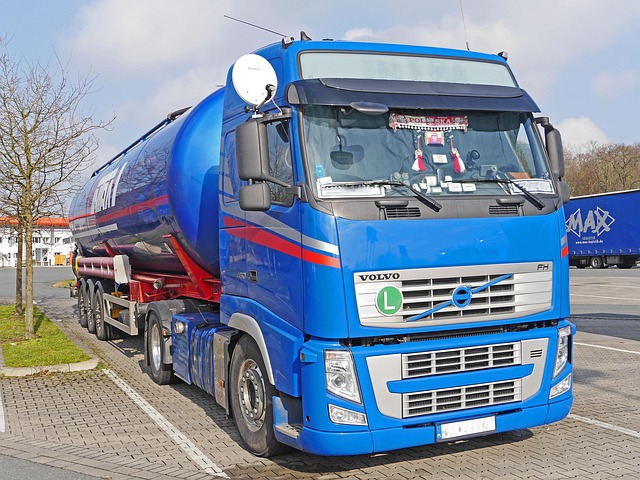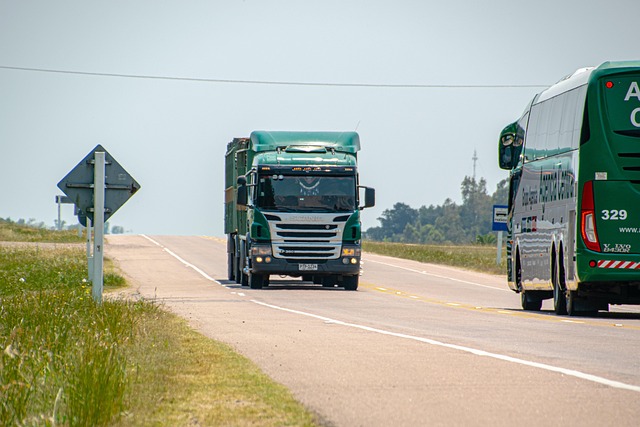Looking to register your car in California? This comprehensive guide breaks down the process step-by-step. From understanding key requirements to gathering essential documents and completing the application, you’ll learn everything needed for a smooth DMV visit. A crucial step is the DMV VIN verification, which we provide a detailed guide on. By following these steps, you’ll be well on your way to securing your vehicle’s registration in the Golden State.
- Understand California Car Registration Requirements
- Gather Necessary Documents for DMV Visit
- Perform VIN Verification at DMV: Step-by-Step Guide
- Complete Application and Pay Registration Fees
- Receive Your Vehicle's Registration Certificate
Understand California Car Registration Requirements

Before registering your car in California, it’s crucial to understand the state’s specific requirements for vehicle registration. The California Department of Motor Vehicles (DMV) mandates several essential steps to ensure safe and legal operation of vehicles within the state. One key aspect is the DMV vin verification process, which involves checking the vehicle identification number (VIN) to confirm the car’s authenticity and history.
This verification is typically done through a mobile vin inspector or a similar service that provides on-site or remote vin inspections. These services ensure that the VIN on your vehicle matches the records in the DMV database, preventing fraud and ensuring compliance with California’s registration standards. By completing this step and meeting all other requirements, you’ll be well on your way to legally registering your car in the Golden State.
Gather Necessary Documents for DMV Visit

Before visiting the California DMV to register your car, it’s essential to gather all the necessary documents. This process, known as VIN verification, ensures that your vehicle meets the state’s requirements before it can be legally registered. Start by collecting important paperwork such as proof of identity (a valid driver’s license or passport), proof of residency (a recent utility bill or bank statement), and the vehicle’s title (if you’re the owner). Additionally, for a smooth and efficient process, consider having your vehicle’s Vehicle Identification Number (VIN) inspected or verified by a reliable mobile vin inspection service.
A mobile vin inspector can provide this crucial service at your convenience, whether at home or the DMV. They’ll confirm the VIN accuracy and check for any issues related to theft, accidents, or outstanding loans. Alternatively, you can perform a basic VIN inspection yourself using the DMV’s online tools, but for a more comprehensive assessment, enlisting the help of a professional mobile vin verifier is highly recommended. This step will save you time and give you peace of mind as you prepare to register your vehicle with the California DMV.
Perform VIN Verification at DMV: Step-by-Step Guide

To begin the car registration process in California, one crucial step is performing a VIN (Vehicle Identification Number) verification at your local DMV. This step ensures that your vehicle meets all necessary safety and emissions standards before it can be officially registered. Here’s a simple, step-by-step guide on how to perform this check:
1. Gather the required documents including your valid driver’s license, proof of insurance, and the title or registration of the vehicle. You’ll also need the vehicle’s VIN, which is typically located on the driver’s side of the dashboard near the window or inside the door jamb.
2. Visit your nearest California DMV office. Many offices now offer online appointments for this specific service to streamline the process, so be sure to check their website for availability and make an appointment if possible.
3. Once at the DMV, locate the section dedicated to VIN verification. A staff member will guide you through the process. They will cross-reference the provided VIN with their records to ensure it matches a registered vehicle with valid documentation.
4. If your VIN passes the initial check, the next step is a vehicle inspection to verify its condition and ensure compliance with state safety standards. This may include checking for any outstanding recalls or modifications that could affect the vehicle’s safety.
5. After successfully completing both the VIN verification and inspection, you’ll be one step closer to registering your car in California.
Complete Application and Pay Registration Fees

After gathering all the necessary documents and ensuring your vehicle meets California’s requirements, it’s time to complete the registration process with the Department of Motor Vehicles (DMV). Fill out Form DV-140, which is the Application for Title and Registration. This form will require detailed information about your vehicle, including its make, model, year, and unique Vehicle Identification Number (VIN). Be sure to accurately input this VIN during the application process – it’s crucial for successful dmv vin verification.
Once your application is complete, you’ll need to pay the registration fees. These costs vary based on factors like your vehicle’s weight and age. Consider using a mobile vin verifier to streamline the vin inspection process, as this can save time and ensure all information is correct before submitting your application.
Receive Your Vehicle's Registration Certificate

After completing the registration process, it’s crucial to receive your Vehicle’s Registration Certificate (VRC). This document verifies that your car is officially registered and authorized for road use in California. Once approved, you’ll be provided with a temporary VRC, which you should keep with your vehicle at all times. The certificate includes essential details like your vehicle identification number (VIN), crucial for any future transactions or dmv vin verification processes.
For added convenience, many services now offer mobile vin inspection or mobile vin verification options. This means you can complete the VIN verification process remotely, saving time and effort. Having a properly registered vehicle ensures compliance with California’s regulations and allows for seamless travel on public roads.
Registering a car in California involves understanding state requirements, gathering essential documents, and completing a straightforward process at the DMV. After performing a crucial dvm vin verification, you’ll be on your way to securing your vehicle’s registration certificate. By following these steps diligently, you’ll ensure a smooth and efficient car registration experience in the Golden State.
